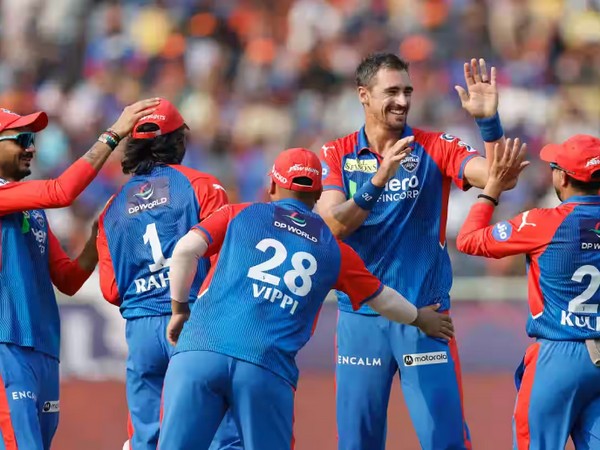
Children playing recreational sports at increased risk of concussion, finds study
Jun 04, 2019
Washington DC [USA], Jun 4 : A new study has found that elementary school children who played recreational sports are at an increased risk of concussion than most other sports-related injuries.
The study published in the journal 'PLOS ONE' focused on children between five to 11 years of age who played recreational football, soccer and baseball/softball.
Karen Liller, professor of community and family health at the University of South Florida College of Public Health followed more than 1,500 athletes each year for two years in Hillsborough County, Florida.
She and her colleagues collected baseline neurocognitive data using ImPACT Pediatric, the only FDA-approved concussion assessment tool for ages 5-11.
The digital program asked athletes a number of questions pertaining to word memory, sequencing/attention, visual memory and reaction time. It was administered prior to practice and games to help prevent fatigue from impacting test performance.
Certified Athletic Trainers (ATCs) were hired to collect injury data using High School Reporting Information Online (RIO), an internet-based injury surveillance system.
During the two-year study, 26 athletes were injured, 12 were diagnosed with a concussion. Of those concussions, ten occurred during boys' and girls' soccer, the remainder happened during recreational softball games.
"To date, research on sports injuries has largely been focused on high school and collegiate athletes. For child athletes, many sports/recreational activities are not organised for reporting injuries, so almost no data for this group have been collected," said Liller. "No effective prevention strategies can be properly developed without the knowledge of the mechanisms related to these injuries including concussions."
In addition to noting specific injuries, the RIO records how frequent each athlete participates in their sport, where they were located and what they were doing when they got hurt, and exactly how it happened.
Researchers found the leading mechanisms of injury were caused by colliding with another athlete, contact with a playing apparatus and contact with playing surfaces. While none of the injuries required surgery, they did result in lost playing time.




























